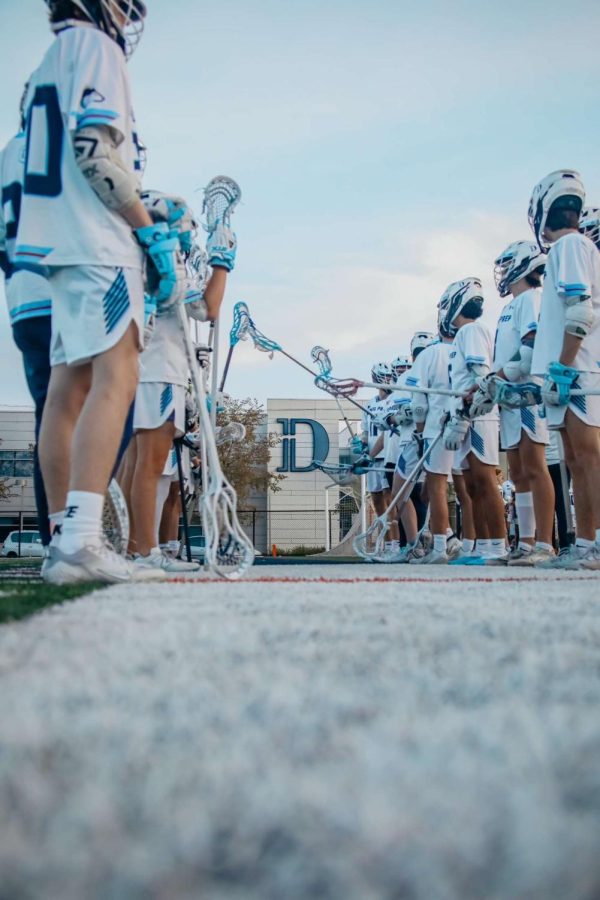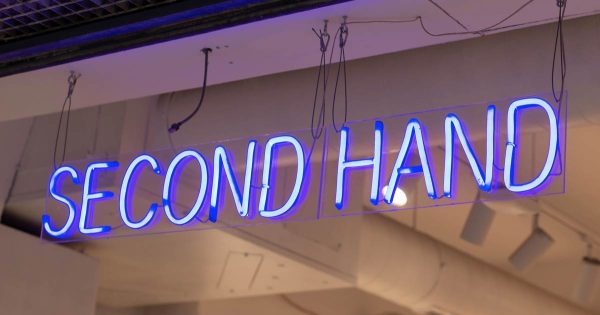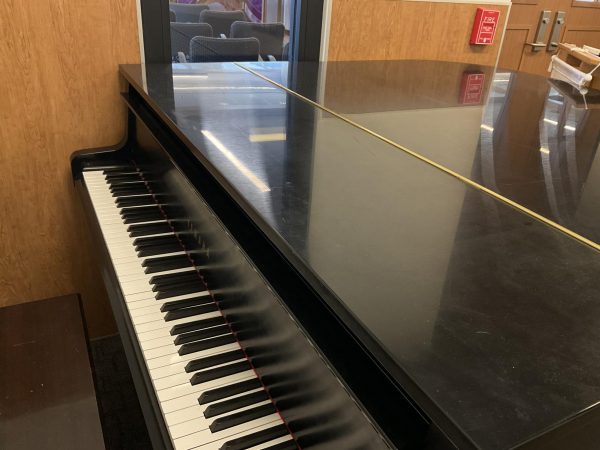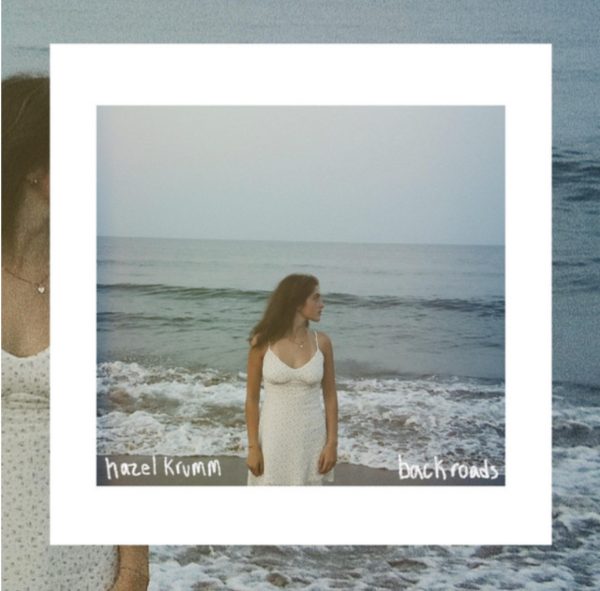Student photographers play vital role behind the scenes
People take photos every day of just about everything. Sure it may seem simple – just a quick tap or click of a button. However, for high schoolers in particular, photos are one of the best forms of a memory. Photography, in another sense, is like a keepsake; it’s a reminder and appreciation of everyone you love and all that you have accomplished.
As of right now, there are more than twenty student photographers involved in Yearbook. For some, it’s their first time holding a real camera, but for others, it’s something they plan to pursue in their future.
There aren’t any specific requirements that students have to meet in order to get in. Some photographers will only shoot one or two events a year whereas others are fully immersed in their role.
Spanish teacher Alicia Heninger has been the Yearbook moderator for the past two years now, and while all the photos are taken by students, she takes the lead when it comes to organizing and planning. The process starts in mid-August and is constantly underway throughout the rest of the year.
“Yearbook is not especially time consuming for events that are photographed at school,” said Heninger.
However, sports is where it differs. Within this realm of photography, students are asked to spend their own time outside of school shooting pictures and videos.
While he really only started taking photography seriously after last year’s track appearance at state, sophomore Shae Griffith is known around the school for his sports photography. During a typical week he’ll shoot anywhere from two to four games. Within each game he takes 1000-1500 shots, which will get narrowed down to roughly 150 or so photos. Just the editing process alone takes three hours a day, so “we’re looking at probably twenty hours a week” he explained. However, that doesn’t even include the time he spends at the actual games.
Griffith said that “basketball photography is definitely the easiest” to shoot given the lighting and general pace of the game, but his favorite team to work with is baseball.
“I love mic-ing them up and they are just a really friendly group.”
Once the photos are sent out to the teams and forwarded to Heninger, it’s up to the rest of the Yearbook staff to collectively determine what will actually make it into the book.
While multiple students agree that creativity as a whole surely has something to do with getting the perfect photo, Griffith confirmed that it’s really all about the photographer’s eye.
“Being able to see something and then automatically know how to frame it and where to shoot it from” is what separates a mediocre shot from something truly notable.
When creating and designing the Yearbook, the staff tries to pick and choose photos of all kinds and of as many different people as possible.
Lily Wooten, who has been a photographer since her freshman year, said that generally they like to put in a posed group photo for clubs.
However, in terms of sports and other activities, “candid shots make the best book,” said photographer Dylan Greene. They capture the student’s genuine smiles and emotions, and it’s just a very “wholesome” way to look back on the year.
The general goal set out by Yearbook is to try to get every student photographed at least three times, with this year’s book already over 200 pages and counting. The photographers noted that at the end of every year it’s especially rewarding to see their work displayed and look back on their memories from the past year.
As the year comes to a close, the final games are being photographed and the last of assemblies are being filmed. With that comes the future of next year’s student photographers.






